Tourist attractions in Dakar and its environs


Dakar is the administrative and commercial center of Senegal. It has the largest seaport in Africa and its population is cosmopolitan. It is the headquarters of the Central Bank of West African States (BCEAO) and the Fundamental Institute of Sub-Sahara Africa (IFAN). Dakar alone hosts nearly 80% of all industrial and commercial enterprises in Senegal and about 25%¬ of the country’s total population. Dakar is the political, economic and cultural capital of Senegal since April 4, 1960. It includes the historic district of the Medina and the famous Theodore Monod museum, which exhibit African works of art. It is also famous for its nightlife centered on Mbalax music. Saint-Louis, the former West African French capital, is home to an old town with colonial architecture. The Region of Dakar has a population of approximately 2,476,400 inhabitants and covers a surface area of 547 Km². It is made up of 04 towns, 04 communities, 04 municipalities, and 43 districts. Its population is so diverse and includes several other ethnic groups, despite the fact that the Wolof are mostly represented. Dakar and its surrounding areas are endowed with several excellent tourist sites and magnificent seaside resorts that our guides will make sure you discover.
The Gorée Island
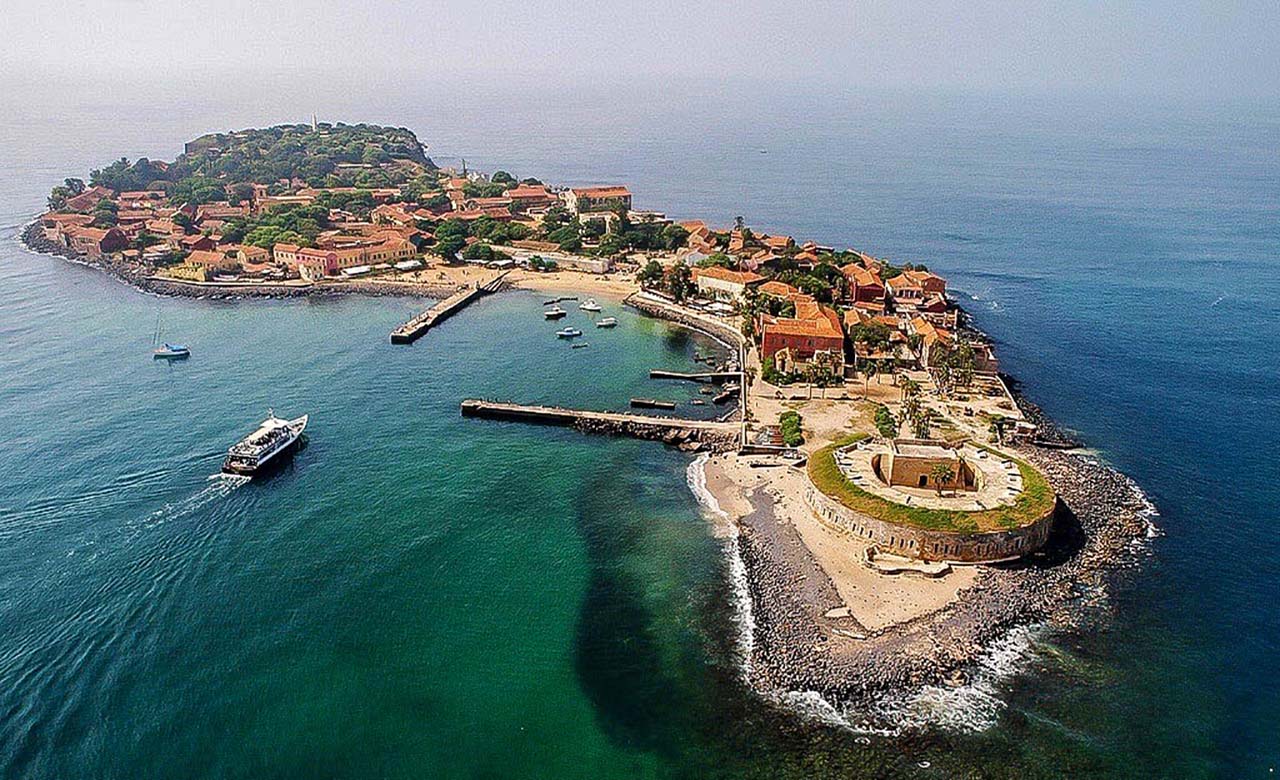
The African Renaissance Monument

It is located in the Community of Ouakam, in the District of Dakar. It is built on one of the two conical volcanic hills overlooking Dakar, the capital of Senegal. It is a monumental group of bronze and copper culminating at 52 meters of altitude. It was officially inaugurated on April 3, 2010, during the 50th anniversary of Senegal’s independence celebration. The monument represents a couple with the man carrying his child on his biceps and holding his wife by the waist, “an Africa emerging from the bowels of the earth, leaving darkness to go to the light”. It is a true
architectural work that was built by Pierre Goudiaby Atepa.
Mamelles Lighthouse
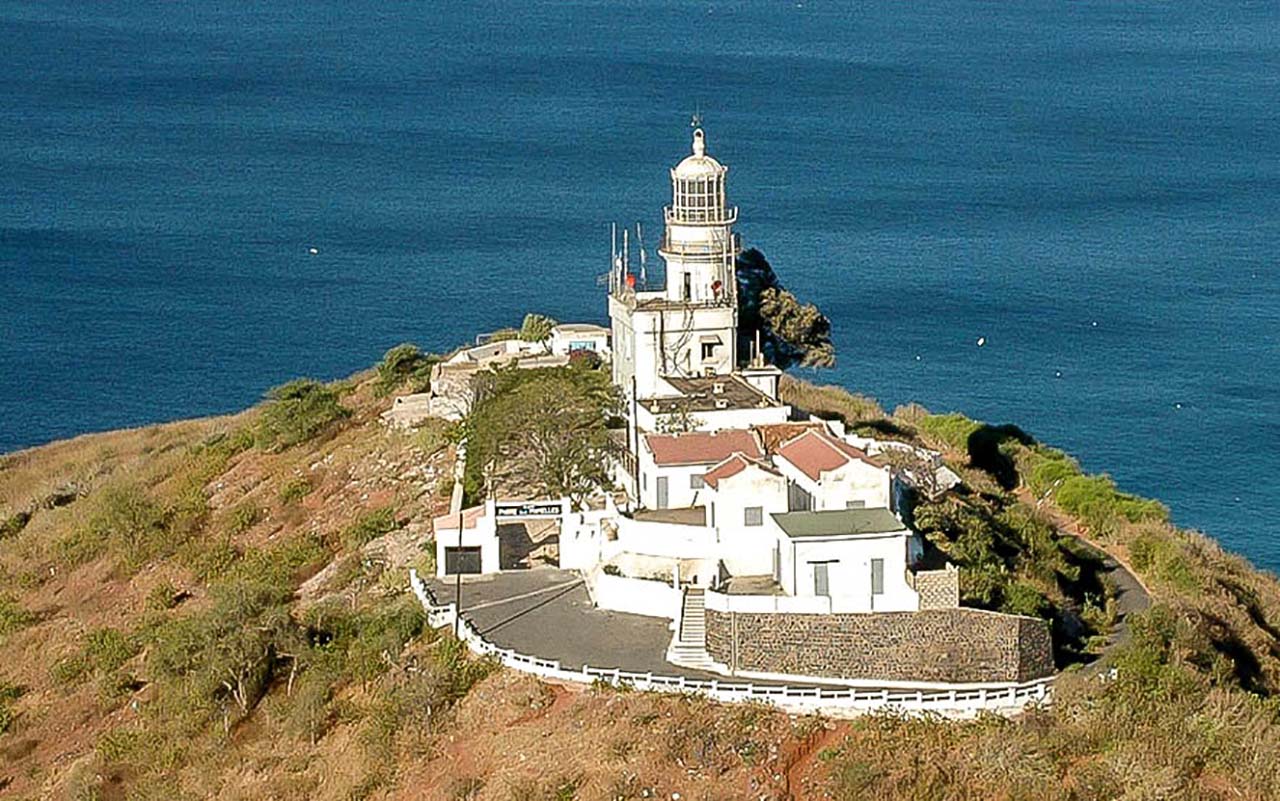
It is open to visitors every day from 9 am to 6 pm and guided tours are offered.
The Pink Lake (Retba)

Its real name is Retba. The Pink Lake is located a few hundred meters away from the Atlantic Ocean and 35 km northeast of Dakar. It is one of the most visited sites of Senegal. It owes its fame to the original and changing hues of its water. Surrounded by dunes, its orange-pink color is due to a mixture of “Dunaliella Salina”, which is a cyanobacterium, microscopic organisms that act mostly when the sky is not covered and “carotene” which is a red pigment that helps to better withstand strong sunlight and salt concentration. The pink color is less visible during the rainy
season because solar radiation is limited by cloud cover.
The N'gor Island

The N’gor Island is a small island located near Dakar and the Cape Verde peninsula. It is a paradise where you can find tranquillity and relaxation. The island is full of lush beaches and has nothing to envy to that of the Almadies. It is the ideal setting for surfing holidays, water sports and, snorkeling while observing many colourful fish.
The Dakar Cathedral for African Remembrance
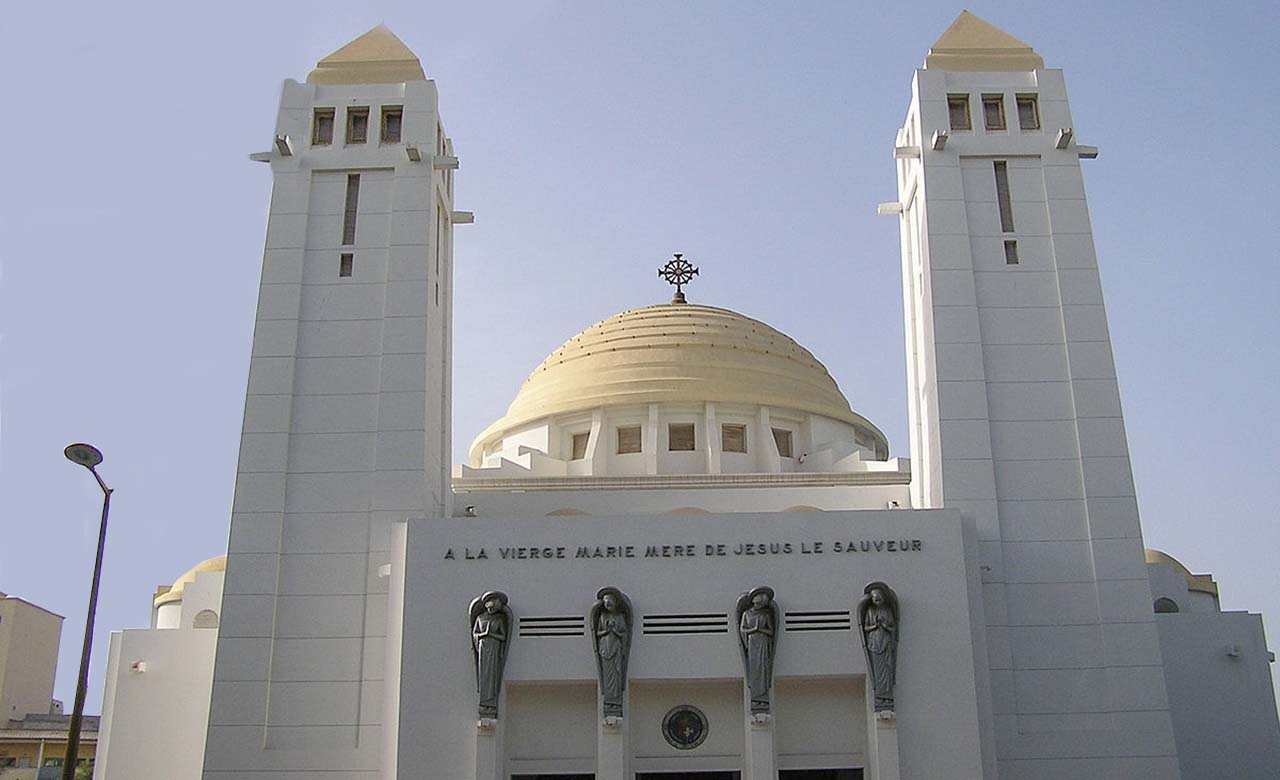
gives access to the fifth chapel. On the large entrance or portico, bordered by two towers, is written in capital letters the following inscription: “for those who died in Africa, a grateful France”. But the original text has been replaced by another: “The Virgin Mary, Mother of Jesus the Saviour”. This magnificent architectural work was done by Charles-Albert Wulffleff.
The Arts Village

The Divinity Mosque

It is located in Ouakam in the District of Dakar. The legends say the plan of this mosque was revealed to Mohamed Seyni in a dream as a light that appeared in the sky, on the night of Thursday 28 June to Friday 29 June 1973. He was ordered to look, follow and see where the light was going to land. He began to pursue the mosque flying over the village. He followed to Wakam Bay, where the mosque began to rock down like a paper. This is how he built the mosque according to the model that had appeared to him from the sky. It is indeed an imposing wealth from its interior
and exterior decorations.
The Lompoul Desert
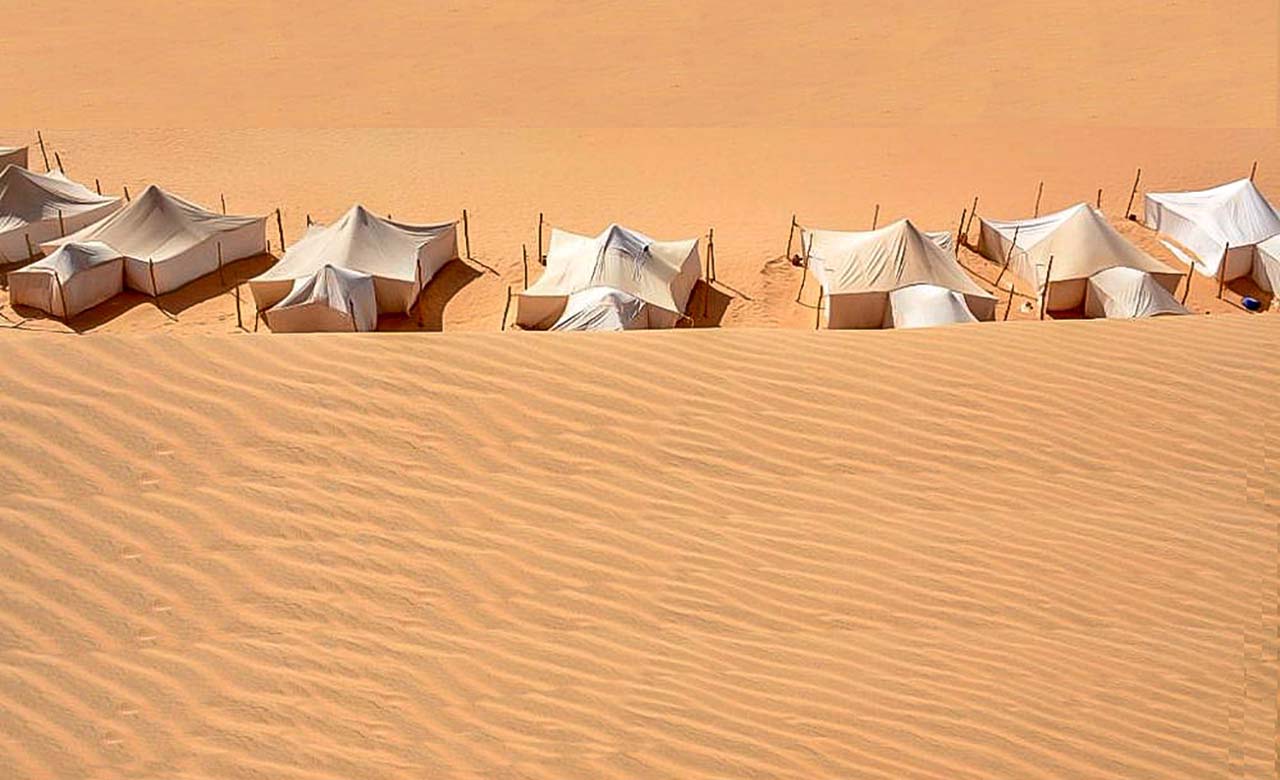
of this magical setting that is lulled by the freshness of the sea breeze is a challenge for many visitors.
The Presidential Palace
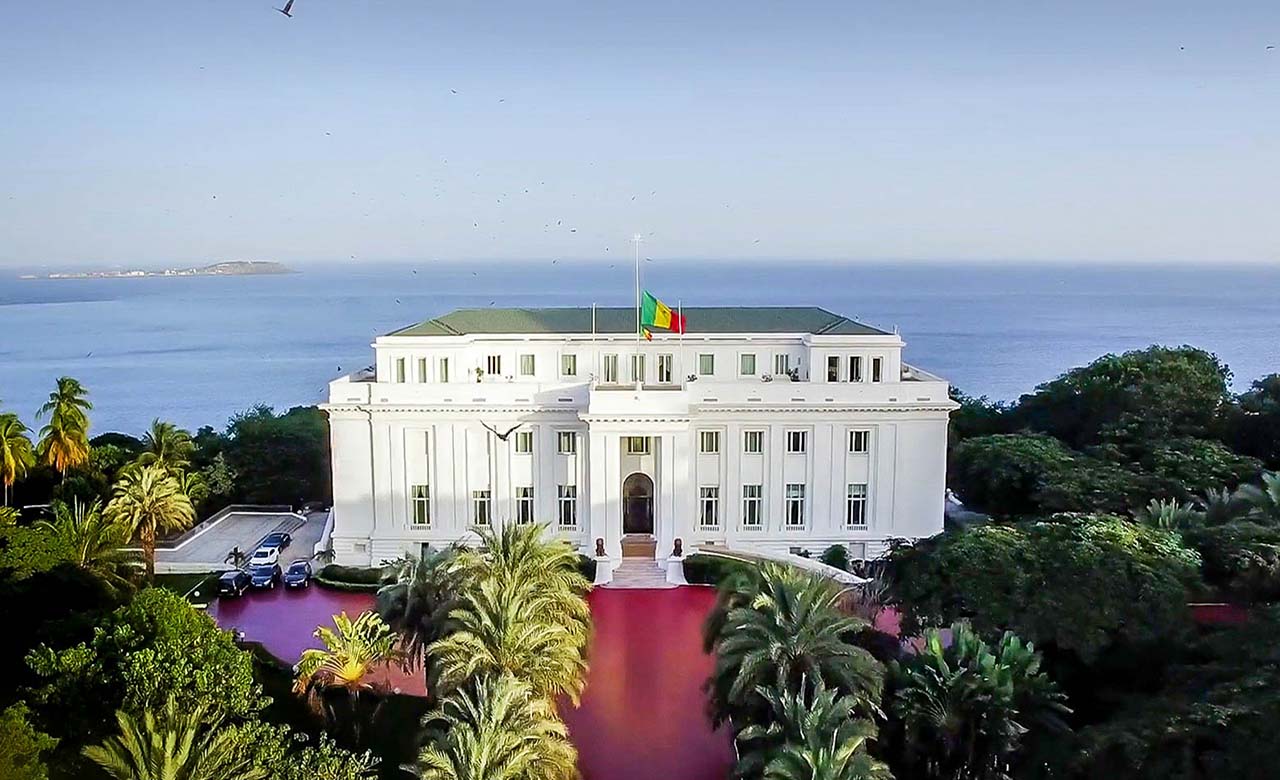
It is located in Dakar. The Presidential Palace is a historic building that once served as the official residence of the Governor-General of French West Africa (AOF). The Palace was built in 1902 in the image of the Trocadero of Paris by the French architect Henri Deglane. After Senegal’s independence in 1960, the palace became the official residence of President Sendar Senghor, who was Senegal’s first president. Since then, this palace has hosted a succession of several Senegalese heads of state. In addition to the presidential residence, this building houses,
the cabinet, General Secretariat and other related services in the presidency. The palace is also the seat of the First Lady’s Office and its foundation. It is open to the public for guided and scheduled tours. You will certainly have the opportunity to visit this sumptuous palace steeped in history.
The Virage Beach

Located in Dakar, the Virage beach is one of the most pleasant beaches of Senegal. The water is warm and fairly clean, making it the perfect place to spend an afternoon with all kinds of entertainment. It is a popular beach where street vendors offer peanuts, donuts, fruit, etc. It is easily accessible and is a dream place for surfers who are attracted by the big waves and several surf schools offer beginner’s classes. It has a vast and secure guarded parking. The atmosphere is excellent and the restaurants that line the beach offer grills and specialties of the region.
The spirit of the place gallery

It is a red yellowish-brown color house found on one of the beaches of Ngor Island. It is a little hidden by palm trees but open all the way to the light. For some years now, it has become the workshop of Mr. Abdoulaye Diallo, a painter who discovered himself there. The paintings that are exposed there are very beautiful. It is always a great pleasure for visitors to discuss with the painter who takes all his time to explain his inspirations, motivations and the meaning of his paintings.
Senegal Armed Forces Museum
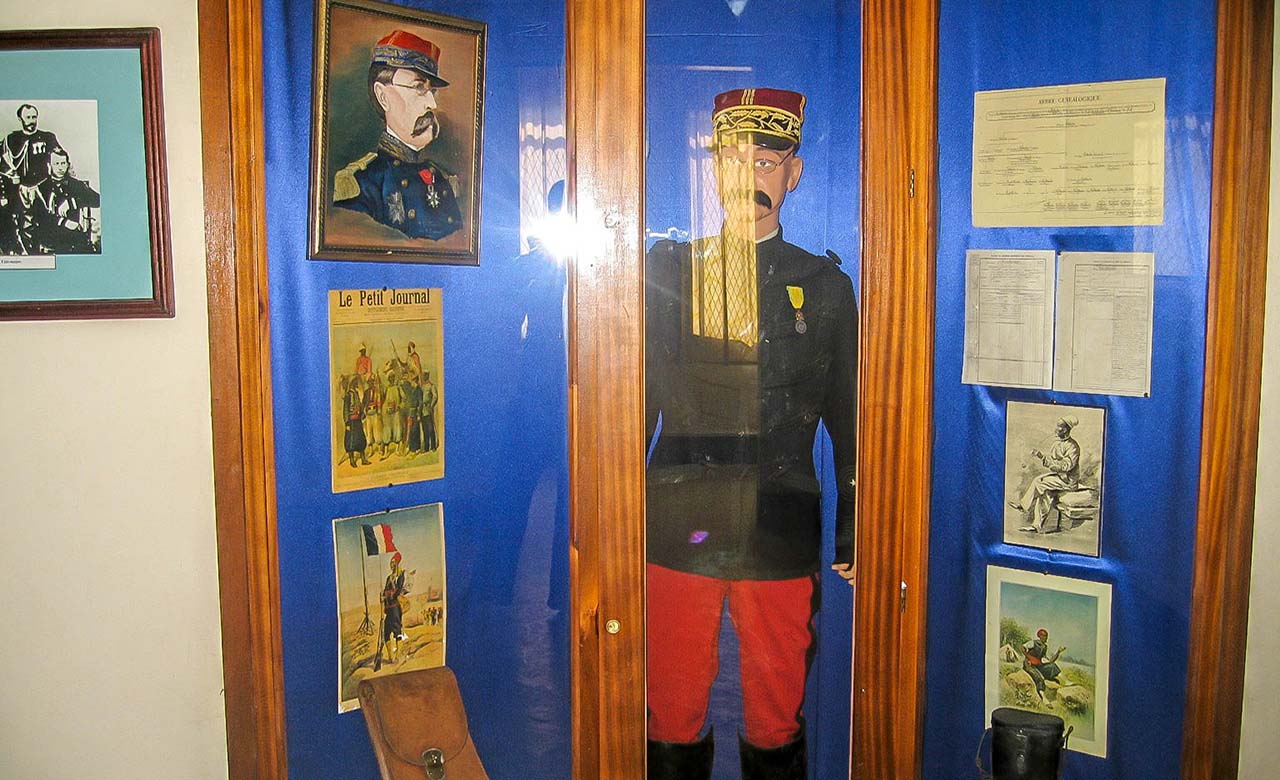
Located in Dakar, the Armed Forces Museum was created in 1997 with the aim of reconstituting, collecting, preserving, enhancing and disseminating the traditional and colonial heritage of the national armies from the time Senegal gained its independence. As a result of weaknesses of documentary resources on the history of African dictators, two lines of works have been developed by the museum management to expand the existing heritages, collect oral information within Senegal, and collect written documents in different military archive centers of the world,
particularly in France. As the famous Burkinabe historian Joseph Ki-Zerbo said, “No one has the right to erase a page from the history of a people, because a people without history is a world without soul.”
The Magdalene Islands

ospreys, crows, straws-tailed and many others. “Sarpan” is the name of a rebel military, who was deported to this island by the colonial authority as a punishment and over time, the name “Sarpan” became “Serpent” (Snake). The Island is only accessible by canoe and crossing costs 5000 FCFA (about 10 euros) for a roundtrip and lasts for about 10 minutes.
The Leopold Sedar Senghor Museum
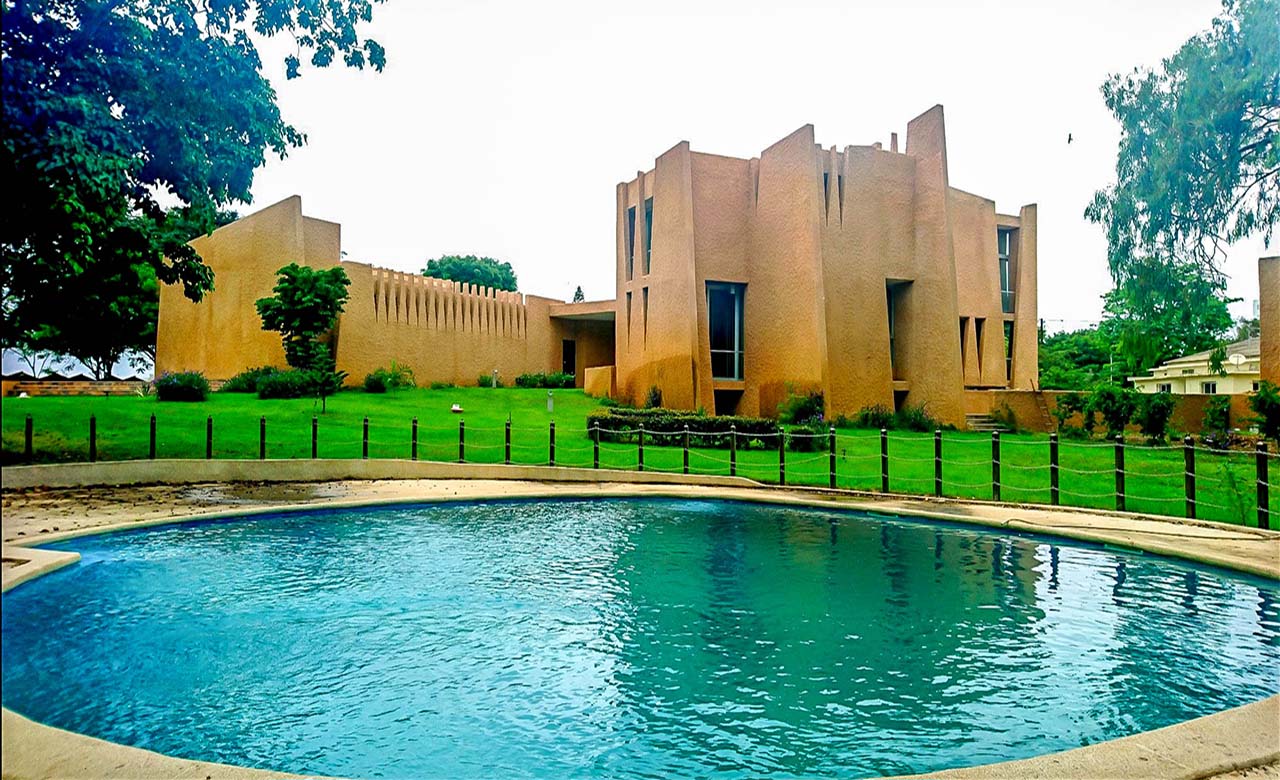
The Gate of the Third Millennium

Located in Dakar, the gate of the Third Millennium was erected in 2001, symbolizing the opening of the African continent in the new millennium. The Gate of the Third Millennium stretches over a surface area of 15,000 m² esplanade and opens onto the Atlantic Ocean, offering an extraordinary view of the city. It is lined with baobabs, date palms and has a pool fed by a jet of water that symbolizes the purification of African cultures. The Esplanade is an idyllic place for walks, which is very appreciated by the visitors.
The Hann Forest and Zoological Park

It was created in 1903 and is located in the heart of Dakar. The Hann Forest and Zoological Park cover an area of 60 ha. The main purpose of the Park is to safeguard, restore and promote the park’s fauna and flora heritage. It is home to a zoo with about 182 animal species, a botanical garden with some 345 plant species, a forest nursery with an annual production capacity of more than two million plants and a 50-hectare plantation area that is conducive for walk and discovery of the preserved environment. It is a special environment for education and one of the few green
lungs of Dakar. It receives on average 1163 visitors per day consisting mainly of students.
The house of Ousmane Sow
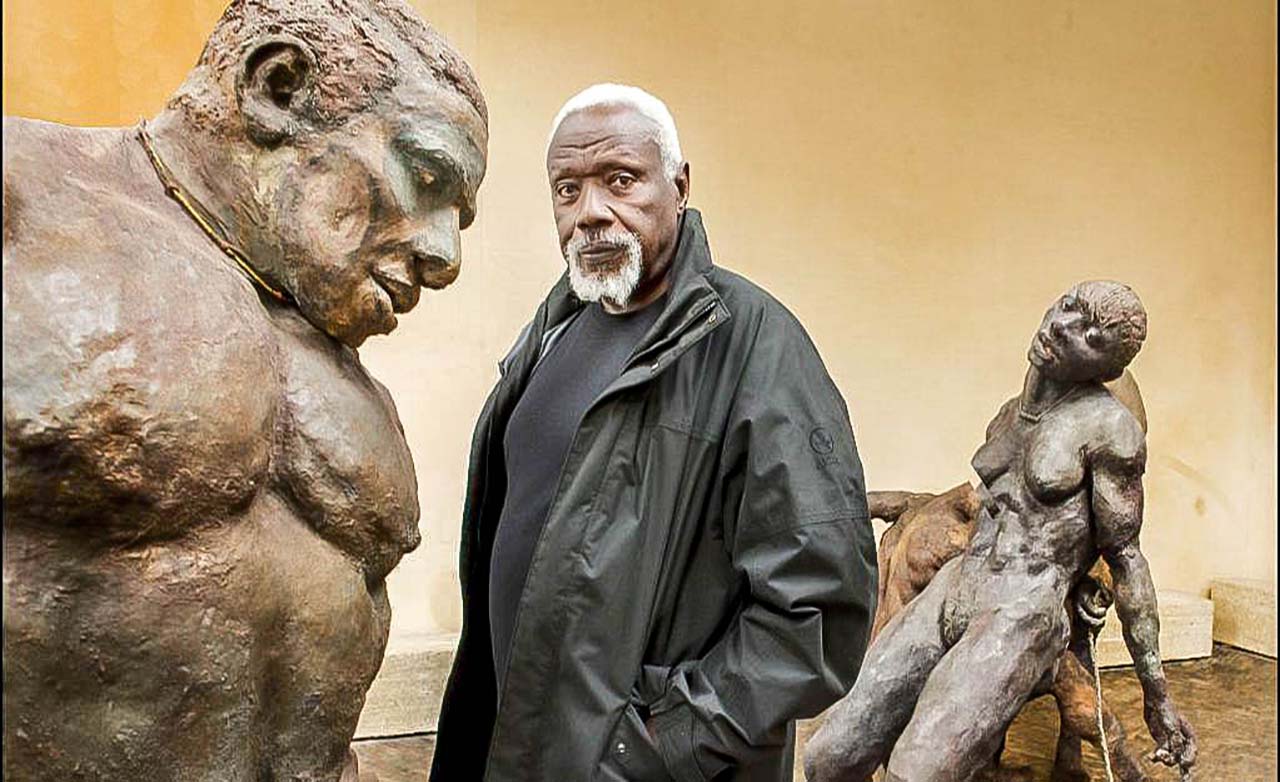
by these imposing sculptures, his powerful, muscular bodies and one also sees the sculpture which should have become the Renaissance monument of Dakar, which he had realized in 2003, in miniature, before being removed from the project. Ousmane Sow had always dreamed of opening a gallery in Senegal in which his exhibitions will be open to the general public. This wish, although posthumous, is now a reality thanks to his children and his artist companions, who have made every effort to repatriate his works to Senegal and show them in their best days. Ousmane Sow’s house is open from Tuesday to Sunday from 10 am to 12.30pm and from 2.30 pm to 6 pm.
Cécile Fakhoury Gallery

It is located in Dakar and was opened in 2012. The Fakhoury Gallery works to promote contemporary art in the African continent. It offers a new perspective on creativity and exceptional artistic diversity in West Africa. Besides offering visibility and contemporary artistic diversity in Africa through its programming of monographic and collective exhibitions it also participates in international fairs and biennials. The artists represented by the gallery, with their respective identities and histories, are distinguished by a plastic language that frees themselves from the
borders and geographic stigmatization. Observers of a world of which they are contemporaries, these artists carry an enlightened and critical look on our society.
The Yassine Gallery

Located in Dakar, the Yassine Art Gallery presents contemporary art and ancient African art in all its forms. It is opened to all expressions of quality and promotes talent. The Gallery has a large number of ancient art pieces, paintings, and high-quality objects. The owner of the gallery is so inexhaustibly enthusiast about the least details of the richness of the pieces, paintings or sculptures found there. Nothing of all that touches the science of art is strange to him. The gallery exports quality products and the know-how of its owner all over the whole world.
Dakar Farmers Market
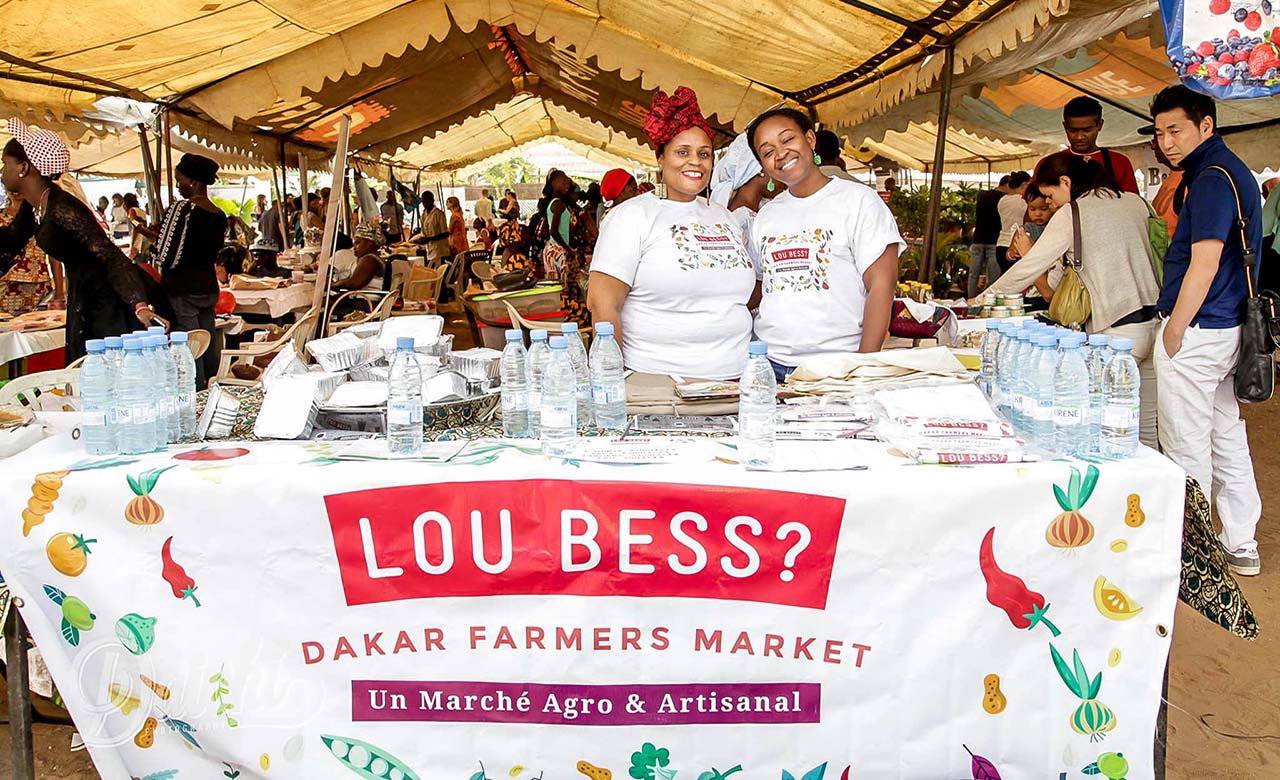
The Dakar Farmers Market is a farmer and artisanal market that takes place every 1st Saturday of the month and whose main objective is to promote the consumption of local products. This market brings together a hundred exhibitors who offer a wide range of quality agri-food products and natural cosmetics. It is also a pleasant meeting place for families, friends, and colleagues. Exhibitors must comply with the strict Senegalese rules governing the production, labeling, sampling, public health and safety of products.
Casino Terrou-Bi (Terrou-Bi Hotel & Casino)

In the heart of Dakar, Terrou-Bi offers its customers a unique experience. It is a real haven of peace. Everything is in place to make your stay unforgettable. Restaurants, casino, heated pool, private beach, solarium, luxury is at your fingertips. The Casino has many modern and exclusive slot machines in Senegal including the famous “LOCK IT LINK”, popular in major casinos such as Las Vegas, Monte Carlo, Monaco, etc.
The Arte Gallery

Founded in 1996 and located in the city center, the Art Gallery is the first gallery of Contemporary Art and Design in Senegal. It is present in several Senegalese cities and presents itself as a large apartment in which design, African contemporary art, and craftsmanship coexist. Its fundamental concept is to value the different forms of contemporary creativity on the African continent. The gallery offers several exhibitions of contemporary art and crafts, and also offers designer furniture made by excellent designers in precious wood species from Africa. The furniture offered are
of excellent quality and are made by local artists in the gallery’s workshops.
The Slaves House of Goree

The IFAN Museum (Theodore Monod Museum of African Art)
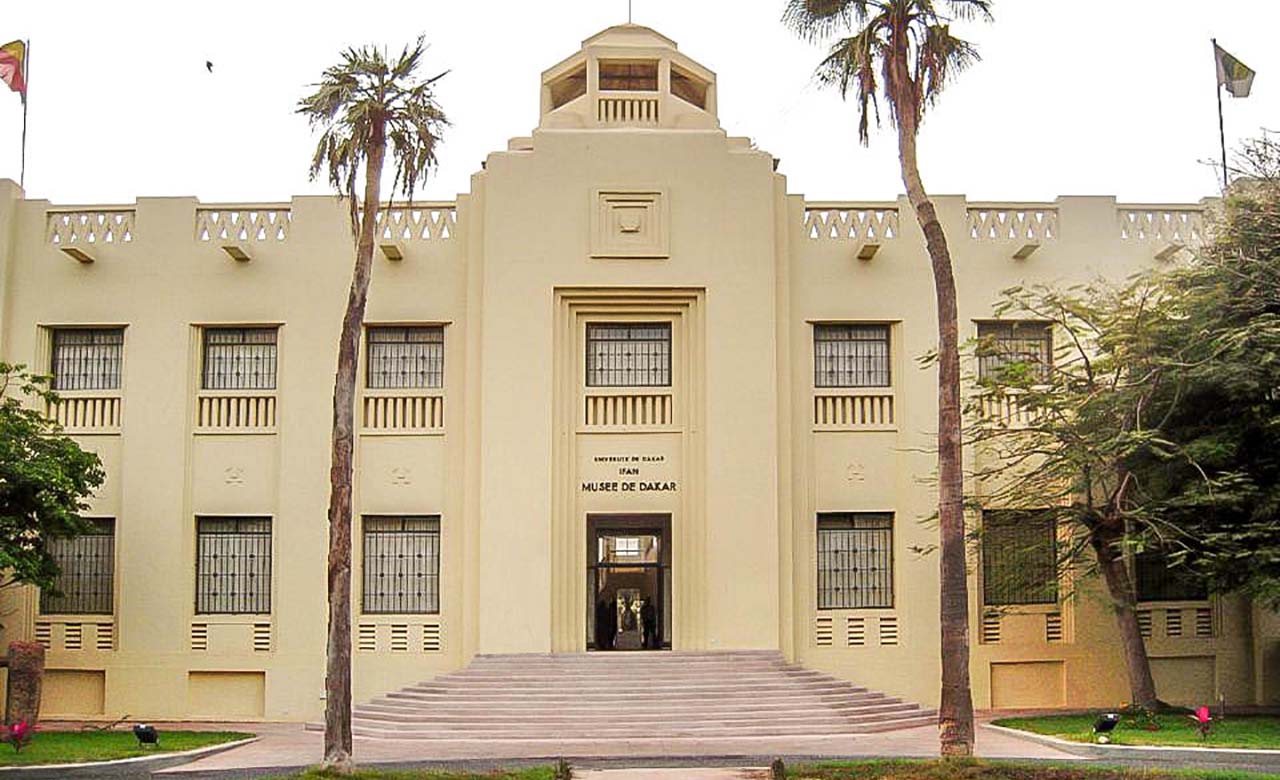
The Théodore Monod Museum is located on a plateau, in the heart of Dakar, the capital of Senegal. It a superb architecture of the neo-Sudanese and colonial-style and consists of two main buildings with one serving as workshops and the other as studios. The first or block A, located just in front of the main entrance, is the oldest and was built between 1931 and 1932. Before becoming a museum in 1966, the building served as the palace of the Commander of the Dakar constituency, and then as headquarters of the general administration of AOF. The Museum houses artistic
collections that are exposed in two exhibition rooms. The room at the floor level houses permanent exhibitions whereas the first storey houses temporary exhibitions of ancient arts. The architectural style of the second or B block was inspired from the first and it is made up of a perfectly equipped showroom, a conference room, offices, a banquet hall, exhibition rooms, and animation rooms. The primary mission of the Museum is to preserve and enhance Senegal cultural heritage and Africa as a whole. The collection counts more than 9000 objects, including masks, statuettes, doors, seats, drums and other craft objects such as pottery, ceramics, basketry, textiles, etc. The Museum opening hours are: 8h to 12h30 min and 15h to 18h30 min except for Mondays. Admission is 1000 FCFA (1, 6€) for foreigners and 200 FCFA (0, 32 €) for residents.
The Antenna Gallery

